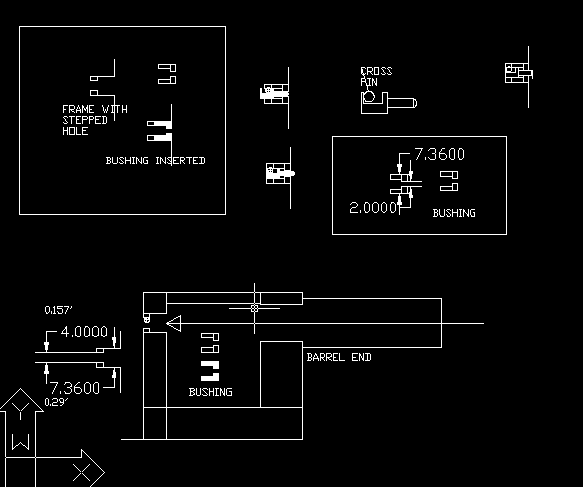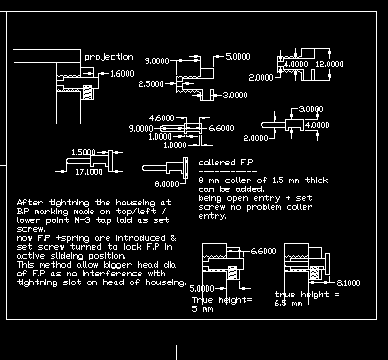syamsunder
New member
To
Jim Keenan
Hi;
I am syamsunder a junior member.
Here is your previous text
One reason for the confusion here is that S&W has changed the design of that frame mounted firing pin. In the new design, there is no firing pin bushing. The firing pin comes out to the rear and is held by a slip fit pin that is just pulled out when the side plate is removed. A lot simpler and less costly to make.
Does it mean that in new design a bore is made in to breech plate of diameter to suit F.P base and spring' with concentric small diameter hole ( i think between 1.8 to 2 mm dia ) for F.P small diameter part
Then support given on back by slip fit pin ?
In the photo of F.P of s& w there is a slot visible on base part ( large diameter part ) .is it new design or old design ?
what is the utility of that slot ? Any pin is introduced in to it from side direction from frame that provide sliding as well as retainer function ?
Please draw a hand diagram of the system using windows paint and post.
can you mesure dia (outer )of bushing and let me know ?
thanking you
Jim Keenan
Hi;
I am syamsunder a junior member.
Here is your previous text
One reason for the confusion here is that S&W has changed the design of that frame mounted firing pin. In the new design, there is no firing pin bushing. The firing pin comes out to the rear and is held by a slip fit pin that is just pulled out when the side plate is removed. A lot simpler and less costly to make.
Does it mean that in new design a bore is made in to breech plate of diameter to suit F.P base and spring' with concentric small diameter hole ( i think between 1.8 to 2 mm dia ) for F.P small diameter part
Then support given on back by slip fit pin ?
In the photo of F.P of s& w there is a slot visible on base part ( large diameter part ) .is it new design or old design ?
what is the utility of that slot ? Any pin is introduced in to it from side direction from frame that provide sliding as well as retainer function ?
Please draw a hand diagram of the system using windows paint and post.
can you mesure dia (outer )of bushing and let me know ?
thanking you



